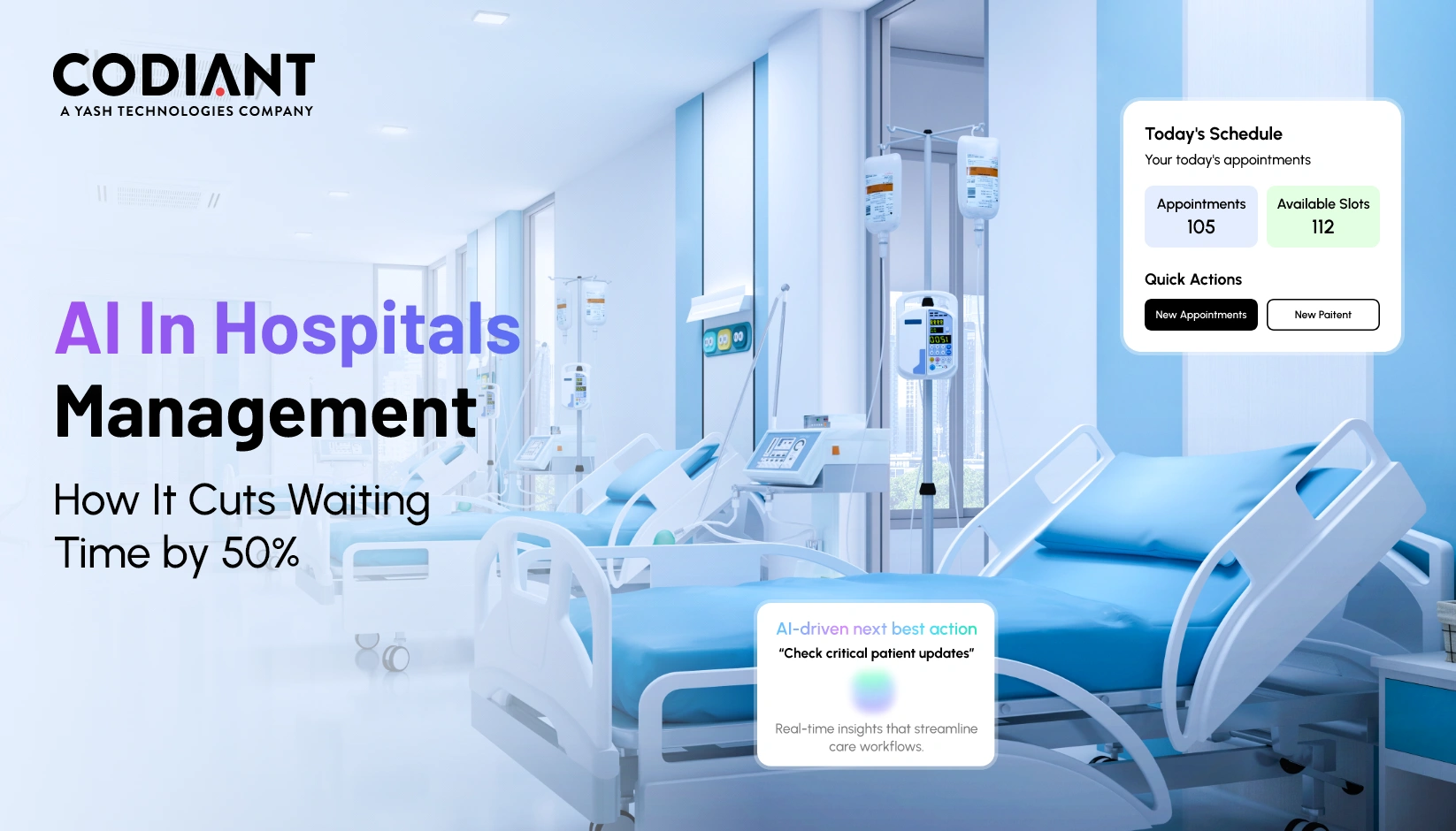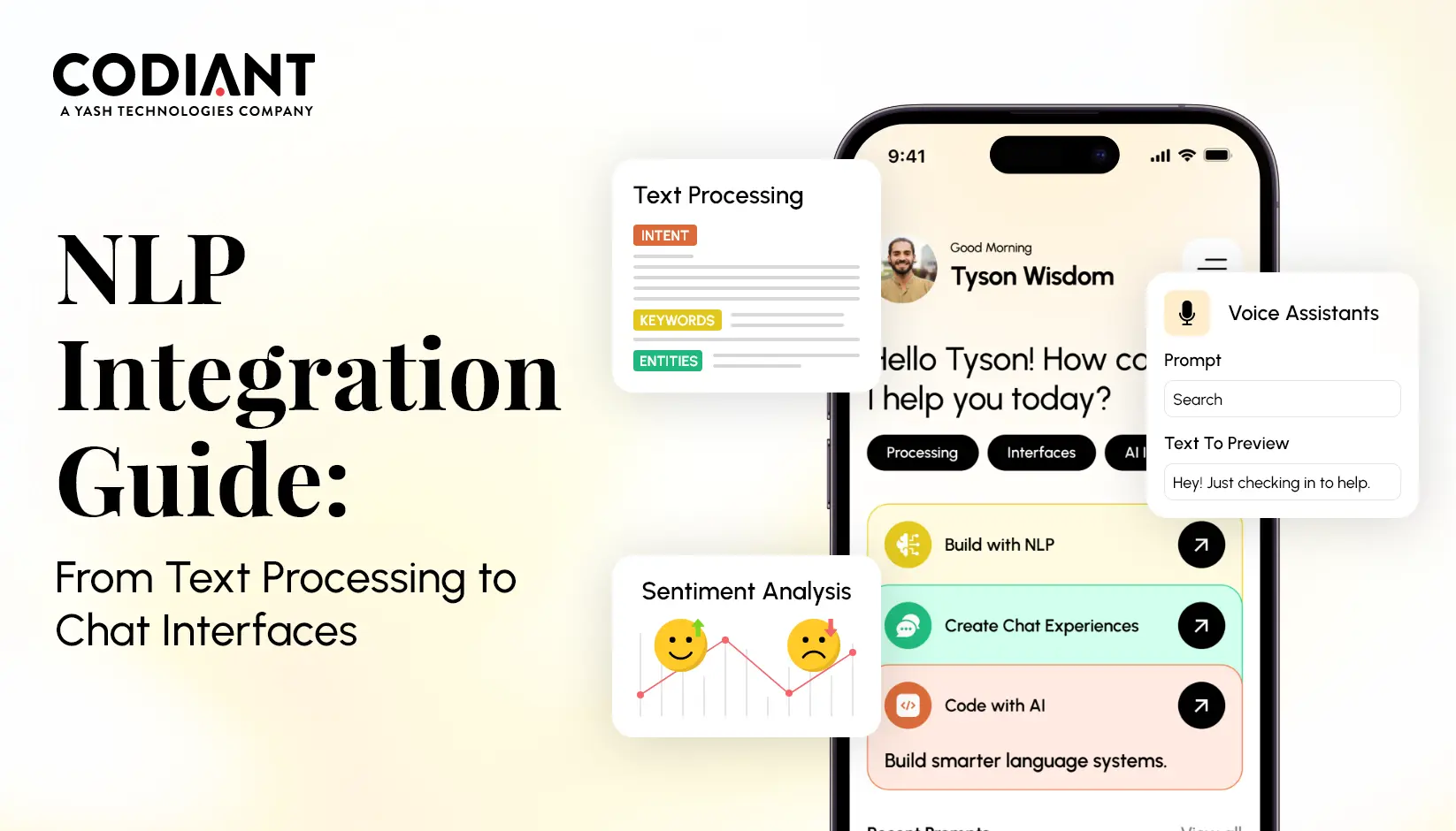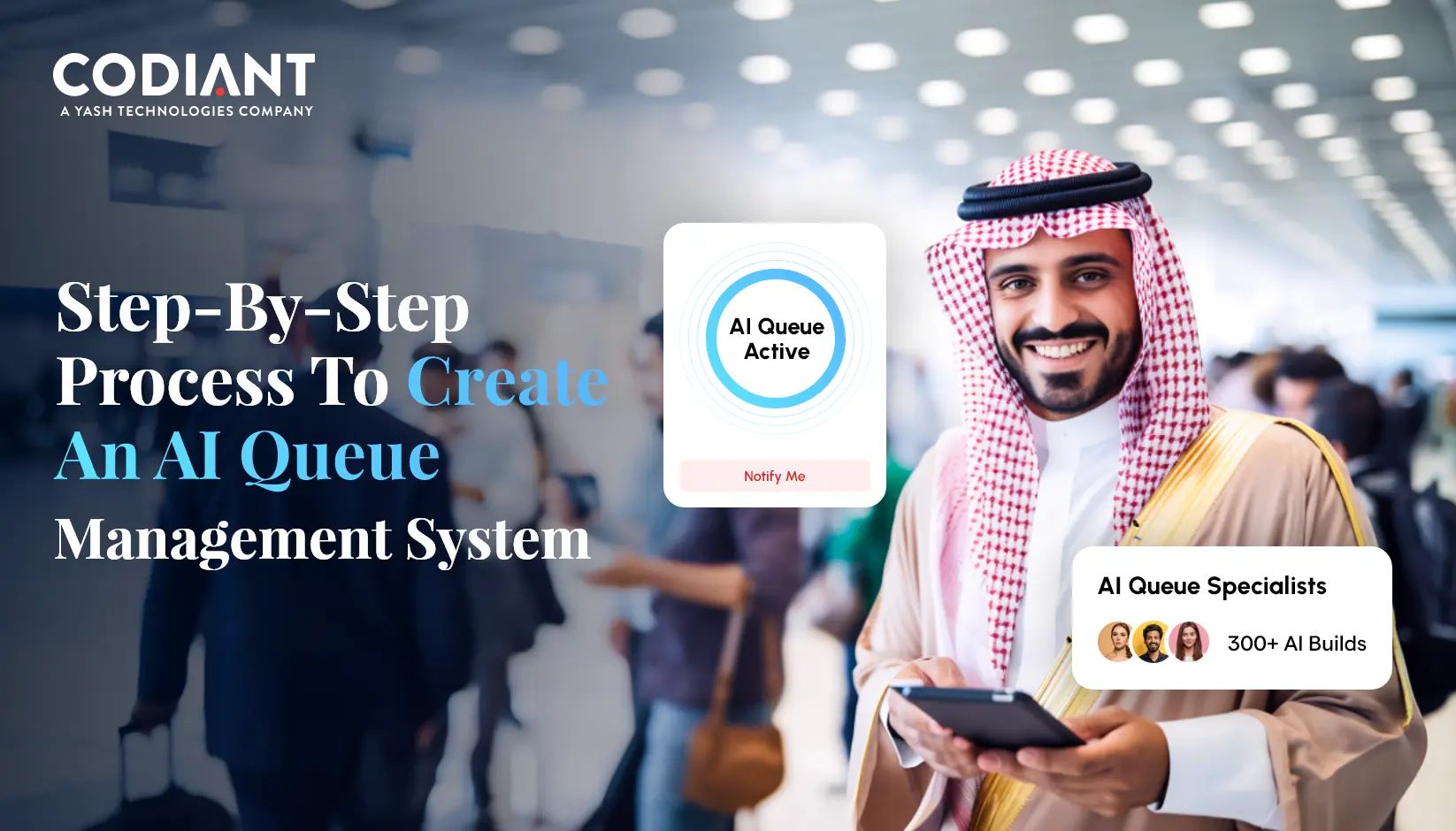How to Develop an Online Courier Delivery App?
Table of Contents
Subscribe To Our Newsletter

On-demand courier delivery, especially packages or parcels, has recently made a large number of headlines and is getting a great deal of attention from investors and businessmen.
The cost of the courier delivery market, including express and parcel delivery, is valued at more than USD 400 billion by 2024 with a CAGR of 8-10% during the forecast period (2019-2024).
That said, South East Asia and North America are one of the emerging hotspots that account for almost 40 percent of total delivery volume across the world (where the express delivery market stands largest).
The biggest drivers of growth for this courier, express, and parcel delivery (CEP) market are the emerging trends of on-demand delivery and eCommerce. Besides that, omnichannel retailing and growth in trade in countries like China, North America, and Germany are also acting as the key drivers to give a significant peak to courier delivery or last-mile delivery industry.
But as we see the courier delivery market has a weak backbone owing to improper infrastructure and lack of technology resources which makes the industry inefficient on the grounds of delivery optimization, fleet handling, and warehouse management.
This technology gap and the rising demand to overcome one; pushes us to talk about online courier delivery app development. It’s a necessary subject.

Here in this post, we’ll cover:
- Types of On-demand Courier Delivery App
- Delivery Model Customer Preferences, In Percent
- Different Types of Delivery Models
- Must Have Features of Online Courier Delivery App
- Technologies Required To Build A Courier Delivery App
- Total Cost to Develop Online Courier Delivery App
Types of On-demand Courier Delivery App
Courier delivery companies generally follow the following types of business models :
1. Postal and Courier Service App
The best example of a Postal and Courier Service App is FedEx. This kind of app allows users to create domestic/international shipments, request a pickup, track shipment status, and manage packages.
2. Real-time Package Tracking App
Real-time package tracking app collects and aggregates data from different courier network at one single place and help users track packages from multiple carriers at one place. Users can track packages using batch numbers, barcodes and QR codes, or unique tracking id. The app also keeps users posted through notifications if the package is shipped, in transit, picked up and delivered.
3. Parcel Delivery App
Meant for hyperlocal delivery service, Parcel Delivery Apps are meant for small eCommerce businesses looking to fulfill the daily needs of individuals like on-demand food delivery, pick and drop service, package delivery within the city. Such types of apps help users get anything they want from anywhere in the city in a window of 1-2 hr.
4. Branded Delivery App
Branded delivery apps are integrated solutions mostly used by online retailers and eCommerce apps as they do doorstep deliveries with full order tracking feature. This type of app keeps customers updated with complete order status like it is packed/prepared, shipped, or is out for delivery. E.g.: Doorman, Deliv, Quicksilver, MightFly, etc.
Delivery Model Customer Preferences, In Percent
With the rise of on-demand service, the significance of consumer preferences has risen multifold. From the giant eCommerce players to small startups, companies are keeping no stone unturned to match the pace of rising customer demands and improving customer experience, especially they’re focusing more towards Delivery Time.
Delivery time has always been a key differentiator when it comes to superior customer experience. When Mckinsey conducted a survey, to understand consumer preferences in the United States, they found nearly 25 percent of consumers are willing to pay premiums for the privilege of same-day or instant delivery.

Different Types of Delivery Models
As mentioned above, customer experience is paramount and above all. Where last-mile delivery is the milestone or let’s say a crucial piece of the logistics industry. With this in mind, companies must increasingly look to meet the escalating demand of consumers by integrating last-mile deliveries in-to their existing services. The many different models helping companies surpass the last mile delivery are:
Delivery by Autonomous Vehicles
Autonomous delivery vehicles are electrical built-to-purpose on-road vehicles just like remote controlled cars. Also known as AV technology, deliveries made by these driverless vehicles are safe and helps in delivering faster.
Crowdsourced Deliveries
Crowdsourced delivery, aka crowdsourced shipping or collaborative delivery model, handles same-day or last-mile deliveries by leveraging networks of local, non-professional couriers to deliver packages to customers’ doors at a predictable cost.
Drone Deliveries
Delivery drones are unmanned aerial delivery vehicles (UAVs) that are designed to deliver lightweight packages. With propellers and rechargeable batteries, the delivery drones are operated remotely by operators. Best used for time-sensitive deliveries, Delivery drones help to achieve last-mile deliveries on time.

Must Have Features of Online Courier Delivery App
1. Real-Time Package Tracking
Serve Omni-channel retailers or eCommerce app owners with platform technology featuring smart routing through GPS-enabled smartphones and a crowdsourced driver pool. This will allow their shoppers to track their delivery in real-time right from the time of package dispatch until it gets delivered to their doors. Users can also track the live delivery status of the shipment, packages by a unique tracking number and stay informed with periodic notifications like when the order is packed, dispatched, reached its current location, delivered, etc.
2. Integrated Payment Gateway
Integrate the courier delivery app with various payment gateways and allow users to leverage flexible payment options like cards, cash or online banking. Renowned and trusted payment gateway providers such as Stripe and Paypal will help you simplify the integration of credit and debit card payments for both Android and iOS apps.
3. Transparent Pricing
Giving an accurate breakup of the invoice with clear pricing and tax details calculated based on package weight or size can help customers estimate the delivery cost ahead of time.
4. Pickup Request
Enable customers to request a pick-up of package thereby, creating a mobile shipment label.
5. Sign-up/Login
Create an easy onboarding process that allows users to access order history and do convenient tracking.
6. Chat Assistant
Prioritizing customers to help them better understand what they are trying to achieve is necessary to attain higher customer satisfaction. Chat assistants help customers get the route based on their questions and allows you to speed up the resolution time for standard inquiries.
7. Search Shipments
Allow your customers to search the list of shipments by tracking number, references, vendors, and more.
8. Rewards
Giving your customers cashback, rewards, gift cards, or points can increase app retention and customer acquisition and in turn lower the churn rate.
Related post: The Rising Demand of Online Courier Delivery App
Technologies Required To Build A Courier Delivery App
Native Mobile App Development : iOS (Objective C, Swift), Android SDK (Java) Hybrid Mobile Application Development : Ionic, React Native, Angular, React JS, Xamarin etc. GPS Tracking : Core Location Framework for iOS, Google Places API for Android For Payment Integration : Square API, Braintree, Stripe, PayPal, e-wallets To Find Directions (Navigation) : Google Maps, MapKit For Cloud Storage : Amazon AWS, EC2, RDS, S3, Digital Ocean, etc. Push Notification integration : Twilio
Total Cost to Develop Online Courier Delivery App
The overall price of your courier delivery app solution will depend on the following factors:
- Extent of features and functionalities added : A basic app with standard features will be relatively cost-effective. Similarly, an app with advanced features increases the overall budget of the app.
- Number of App Platforms : Decide if you would like to build a native app for both iOS and Android app solution platforms or you want to go with a hybrid/cross-platform app (runs on both Android and iOS).
- Technologies Used : If you’re low in the budget go for third-party integrations, this will save you from a long process of backend development that increases the cost. But if you seek a long-term, robust and stable app, we recommend going for backend development.
Basic Team Needed to Build A Courier Delivery App
- UI/UX designer (2)
- Developers (3-4)
- Quality Assurance Engineer (2)
- Backend Developer (2-3)
- Team Manager/Project Manager (1)
- Admin panel developer (1)
- Business Analyst (1-2)

Wrapping Up
Seeing the current market dynamics and growth opportunities in the field of courier delivery app, investors and businessmen should not overlook the competitive landscape and the emergent need arrived in the industry.
Retailers and eCommerce companies are concentrating more on last-mile delivery. With focus on price and speed, companies are tightening the belts to fasten deliveries with low prices. Technology i.e. Online Courier Delivery App Solution with robust backend infrastructure is a key differentiator for last mile delivery operators. And this is where the product innovation takes place.
It’s time to gear up and dominate the logistics, courier, express, and parcel delivery (CEP) market with a well-developed software infrastructure.
Featured Blogs
Read our thoughts and insights on the latest tech and business trends
How AI Reduces Patient Wait Times by 50% in UAE Hospitals
- January 6, 2026
- Artificial Intelligence
In a Nutshell AI helps UAE hospitals reduce patient wait times by up to 50% using smart triage, predictive scheduling, and automated patient flow management. Emergency departments benefit from faster severity scoring, load balancing, and... Read more
Integrating NLP Into Your Existing App: From Text Analytics to Conversational Interfaces
- December 29, 2025
- Artificial Intelligence
Natural Language Processing has moved from a niche capability to an essential part of modern software, and 2025 has clearly shown its impact. Businesses are no longer rebuilding entire systems to keep up with user... Read more
How to Build an AI-Powered Queue Management System in Dubai, UAE
- December 25, 2025
- Artificial Intelligence
Dubai has been steadily moving toward faster, more efficient public and private services, and this shift has increased the need for systems that reduce waiting time and improve customer flow. With rising footfall across government... Read more




